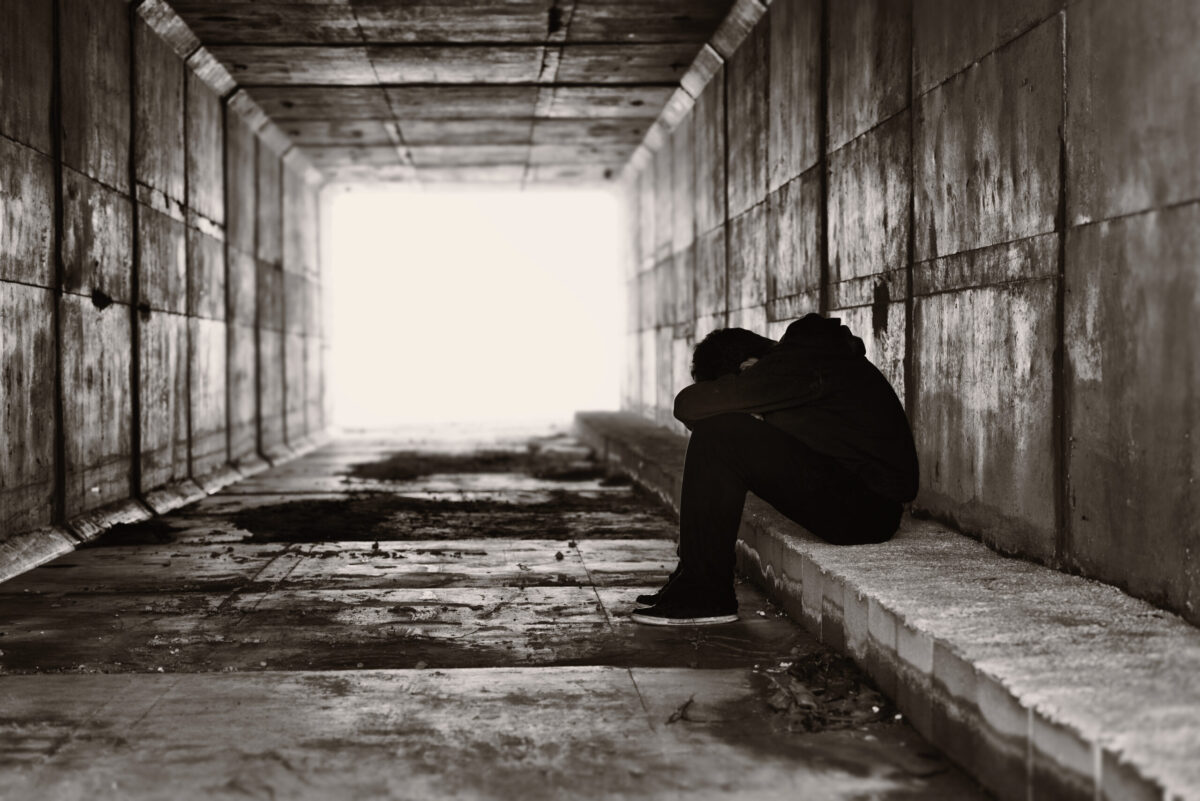The Coronavirus pandemic has seemingly upended every industry, community, and family. Within a few weeks, stable jobs were lost, schools were closed, checking accounts were drained, and families were left to wait the virus out.
Unfortunately, not all home situations are safe or healthy. For many partners and children, staying inside for weeks with family members means physical, emotional, and mental abuse.
We are still seeing the ripple effects of the coronavirus pandemic throughout our economy and society. However, child welfare providers have already noticed significant changes in abuse calls and runaway cases. Here’s why shelters are expecting a surge in runaway youth during COVID-19.
Child Abuse is Expected to Rise During the COVID-19 Pandemic
Child abuse calls plunged in March from their normal rates. In Washington D.C., calls about child neglect dropped 62% while in Virginia, referrals from school staffers dropped 94%. For child welfare providers, this wasn’t a good sign. When kids are out and about – at school, in libraries, and in their communities – adults are able to identify signs of abuse and intervene. With schools closed and entire cities shut down, these children are stuck at home, many of them riding out the pandemic with their abusers.
“In a world without school…no one is there to watch, to speak up, until it’s too late,” Samantha Schmidt and Hannah Natanson write for the Washington Post.
As a result, the cases of child abuse that advocates are seeing are so visible that they are impossible to hide. They come in the form of trips to the emergency room with broken limbs or other traumatic injuries.
The rise of abuse isn’t just because children are home for school. “The stress of unemployment and financial insecurity has strained relationships between children and those who care for them,” Schmidt and Natanson write.
As a whole, domestic abuse rates are expected to rise as people feel stressed, scared, frustrated, and angry because of their financial situations. Too often, these emotions are taken out on kids.
As phones went silent in March from a lack of child abuse calls across the country, counselors and youth shelter operators braced for a tidal wave of calls. Even fully-staffed teams who are emotionally-prepared to handle this have been overwhelmed by the level of abuse they have seen.
“We knew an increase in abuse was going to occur, but this happened faster than we ever imagined,” Christi Thornhill, director at the Cook Children’s Center for Prevention and Child Abuse and Neglect in Ft. Worth, Texas, says. The center typically sees about six deaths per year from child abuse. In the month of April, they had two children die on the same day.
While many children are sitting at home, trying to wait out the pandemic even in an abusive situation, others are running away. They might not know where they are going, but they know they need to get out.
Kids and Teens Will Run Away from Abusive Situations
In a non-pandemic year, the number of kids and teens who run away from home may shock you. According to the National Conference of State Legislatures, an estimated 4.2 million youth and young adults experience homelessness each year, and 700,000 are unaccompanied minors. On any given night, approximately 41,000 youth ages 13-25 experience homelessness.
Now consider the current state of the country, with locked-down states and most kids and teens sitting at home. With rates of abuse rising, so will the number of homeless youth.
In November 2019, we looked at why youth run away as part of National Runaway Prevention Month (NRPM). Studies show that 47% of children experience conflicts with parents and guardians at home, which causes them to run away. Almost half (43%) of runaways experienced abuse at home, with 34% experiencing sexual abuse. Additionally, some youth are kicked out, often because of disagreements or their sexual identities. Up to 40% of homeless youth identify as LGBTQ+.
When anyone, regardless of age, feels like they aren’t in a safe environment, they will try to find shelter in a safe environment. For many kids and teens, living on the streets seems like a better alternative than staying in their current abusive situation.
You Likely Won’t See Homeless Teens on the Street
While thousands of kids and teens run away from home each year, you likely won’t see them on the street. Many homeless youths try to hide their situation because they don’t want to be judged or ridiculed at school. Other teens look for places where they can stay temporarily, “couch surfing” from home to home every few days or weeks.
“A couch surfing teen may not fit the stereotype of what a homeless person looks like, but couch surfing is a common form of homelessness,” Nicola Heath writes for SBS. One report out of Australia found that 16% of people who “were temporarily staying in another household and recorded no usual address,” are between the ages of 12-24. This reflects similar statistics in the United States.
Unfortunately, fewer people are willing to open their homes to runaway youth during COVID-19. Families are limiting guests and avoiding contact with others. This limits the number of couches to surf, while also making it harder for homeless teens to reach out for help.
Youth Shelters Are Preparing for an Influx of Runaway Youth During COVID-19
As kids and teens flee abusive situations, local youth shelters have been preparing to accommodate them. They have quickly developed advanced sanitation protocols and are taking steps to protect residents and employees. However, these preparations can only do so much. Most youth shelters have to limit their capacity and have limited counseling and financial resources.
“Managing unforeseeable staffing limitations as a result of the pandemic, we have had to scale back our drop-in services during this time for staff and client safety,” Laura Vialva, who works for Safe Horizon, a shelter in New York City, says. “Our staff has worked tirelessly to respond to young people’s needs during this crisis.”
Some shelters have even found themselves competing with food banks, church spaces, and other community services for resources. They are trying to find anything they can to accommodate the number of homeless youth on their doorsteps.
Family Resources is Always Open
Our SafePlace2B shelters have not been exempt from these national trends. We have dedicated resources to promote personal protection equipment for residents and staff, have prepared for an influx in homeless youth, and continue to offer virtual counseling sessions for those who need them.
Our doors have remained open to accommodate runaway youth during COVID-19 and we will continue working through this crisis and beyond.
We couldn’t be where we are today without support from the community. If you are able to help, please consider donating to Family Resources today. Your donation allows us to keep our shelters open and provide support to homeless and at-risk youth across Pinellas and Manatee counties. Thank you for your contribution.


